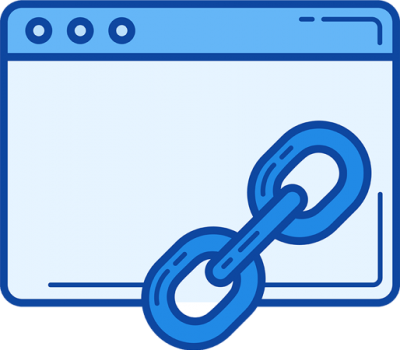Sustainable Link Reclamation Services


Why You Need Link Reclamation
Websites are typically made up of hundreds of links that redirect to both internal and external pages. As webmasters keep adding new content and making changes to their site, there will come a point where some of those links will break. This means clicking on links that go to an old version of your webpage or even to one that doesn’t exist anymore. To maintain online relevance, you want to locate those broken links and reclaim them. If your visitors happen to click on dead links on your site, this could frustrate them and inspire another search that would lead them to your competitors. This spells out lost business.
Types of Links We Can Reclaim for You

Link Removed
If you saw a webpage or blog linking to your site no longer does, it’s possible that this is a case of a removed link. Finding the root cause of why your link got removed is the first step to reclaiming it.

Broken Redirect
This phenomenon happens when a redirect chain is broken. The chain can be disrupted if you changed your URL, aka the final URL destination.

404 Page Not Found
If a page that previously links out to you can no longer be found, there’s a possibility that the webpage was deleted, whether accidentally or intentionally.

Noindex
Noindex tags are straightforward: They are appended on URLs that the webmaster doesn’t want to be indexed on search engines.

Non-canonical
The non-canonical tag tells search engines that a specified URL is a master copy of that page.

301/302 Redirect
Just like a broken redirect, if the chain gets cut out or if the link points elsewhere, then you’ve truly lost your link.

Brand Mentions
Although technically not a link you can reclaim since it was never present to begin with, the process of getting links from brand mentions is like that of link reclamation.
Link Reclamation at SEO Company

Contact SEO Company to reclaim the online authority that your website deserves!
Copyright 2020